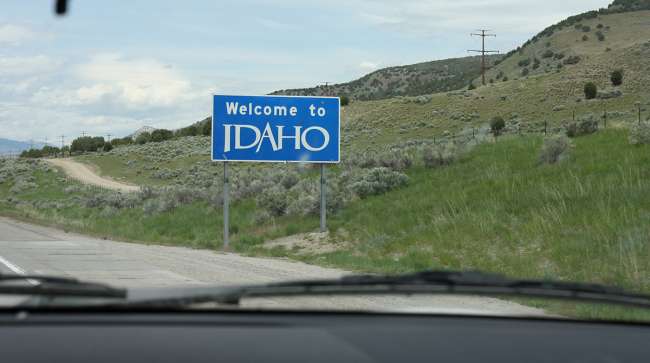Staff Reporter
Idaho Infrastructure Faces Multibillion-Dollar Shortfall, ASCE Indicates

Idaho received a C- on the American Society of Civil Engineers’ most recent infrastructure report card, and state transportation officials are willing to weigh funding mechanisms in order to finance needed maintenance and repairs.
Idaho Transportation Department spokesman Reed Hollinshead said that the agency repairs the state’s aging roads and bridges as often as possible, although resources are sometimes scarce. He confirmed ITD is participating in a pilot program with the Washington State Transportation Commission to explore the benefits of a road usage charge.

“The safety of the traveling public is a top priority for ITD, so we focus every available resource on our roads and bridges,” Hollinshead said. “Clearly, there are fiscal limitations. However, we are doing our best to meet the challenge of maintaining our infrastructure given those constraints. We are looking at viable options.”
ASCE’s report card notes that funding is insufficient to support Idaho’s more than 75,000 lane miles of road, which are used to transport 150 million tons of freight a year. According to ASCE, Idaho will experience a $3.6 billion shortfall unless legislators enact a funding mechanism.
The state Legislature increased the fuel tax by 7 cents in 2015. The report recommends that the tax increase be adjusted to the Consumer Price Index so it does not lose value over time. The scorecard also recommends developing another tax system based on the “Ton Mile” fee, which would charge heavier vehicles, including trucks, for causing wear and tear to the roadways.
Seth Olsen, senior geotechnical engineer at Cartwright Engineers, recognized that a tax increase and a ton mile fee have their share of detractors and said the best solution probably will be some kind of hybrid. Cartwright is a professional design firm based in Utah.
“The gas tax increase was awesome, but it’s not tied to anything. A strictly ton mile fee would end up really hurting a lot of the trucking and freight groups,” said Olsen, who served as one of the contributors for Idaho’s scorecard. “I think it needs to be some combination of these solutions that’s going to be the best solution out there.”
According to the American Road and Transportation Builders Association, 8.7% of Idaho’s 4,492 bridges are structurally deficient. ASCE found that a significant portion of bridges operated either locally or as part of the state highway system are nearing or have exceeded their 50-year lifespans. Idaho officials have identified the need for $2.2 billion worth of repairs to bridges across the state.
Idaho Infrastructure Grades From the 2017 ASCE Report Card
- Bridges: D
- Dams: C
- Drinking Water: C
- Energy: B-
- Roads: C-
- Schools: C-
- Wastewater B-
In three years, the number of bridges 50 years and older will rise to 911, which is more than 49% of the bridges on just the state highway system, ASCE’s report states.
“As those bridges continue to age and we don’t replace them at a rate that would keep them current, there’s going to be more and more issues with maintenance and other deficiencies that will come up as they continue to age,” Olsen said. “We’re just trying to keep up. Or catch up.”
ASCE included four overall recommendations to improve all seven aspects of infrastructure examined in the report card. One of the recommendations is to increase local infrastructure investment to offset the presence of federal help. This recommendation is in accordance with the White House’s funding plan unveiled Feb. 12, which would rely significantly on nonfederal funds to reach a $1.5 trillion top line over 10 years.
“In recent years, infrastructure funding from the federal government has been insufficient to meet system needs,” ASCE states in its report. “We need to encourage passage of local funding initiatives and promote policies aimed at empowering local entities that are prioritizing infrastructure investment.”




